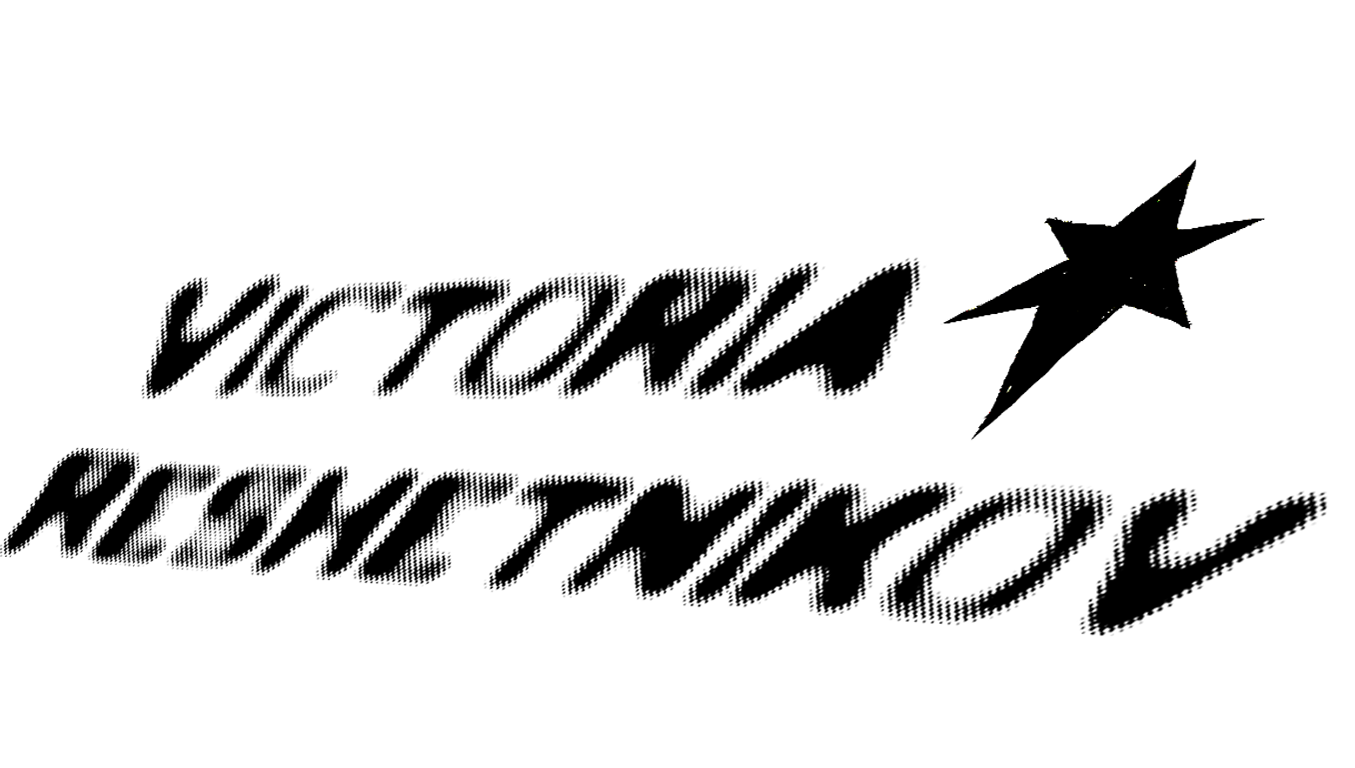My interdisciplinary, research-focused practice centers architecture, time, and miniature in the process of uncovering individual and communal relationships to place in Queens, New York. My site-specific practice focuses the borough as an axis point from which I can articulate nostalgia, place, and urban space. I visually develop my research through printmaking, photography, digital manipulation, bookmaking, sculpture, and drawing.
I grew up in Queens as a first generation Russian-American in a Jewish family. My specific experience of the borough is colored both by these identities and the diverse immigrant communities I am a part of. I am interested in articulating and identifying the lived experience of the complicated– but often overlooked– landscape of Queens, composed of neighborhoods, cultural enclaves, historic parks, and an incredibly wide range of urban spaces.
In this process, I am also locating the complex histories of place. Urban environments like New York City hold layers of architecture, displacement, and movement beneath their visible landscape. In Queens, this complexity is visually displayed through processes like adaptive reuse, where residents formalize their identities into architecture not through tearing down, but building on and editing existing space. My process of documentation seeks to celebrate the unique visual language resulting from this architectural editing, cropping, and clipping.
I particularly focus on the history of place through the 1964 World’s Fair that occurred in Flushing Meadows Corona Park. Through relics and monuments, I excavate the history of the world’s fair to transform the public space it has left behind.
Consequently, the work also seeks to be interactive. Through articulating sculpture, bookmaking, and installation, I aim to invite viewers to connect intimately with my collected material, unfurling my work to reveal and conceal information. Through subtle gestures, my practice compiles research and lived experience, creating ground for viewers to connect their own understandings of place to my work.
I view my work as an archive building practice, one that seeks not to document, but draw from an existing aesthetic language. I access the street, the library, the supermarket, the thrift store, and the home to find my material and build my archive. This archive is then manipulated, either digitally or by hand, to uncover new relationships to place and time for myself and all the people that call the borough home.
